Our main partners Hewlett Packard Enterprise, EY, Acando and Microsoft gave us a taste. How do we relate to and become active parts of a smarter society based on terms like IoT, Big Data, AI and Edge? Hewlett Packard Enterprise opened by putting everything into context. We were explained the terms and with a simple visual example shown how various data sources together can create value and unknown opportunities.
Acando followed up by talking about advantages for small businesses and how small actors can succeed, illustrated with the example of mobility and the introduction of autonomous buses. A practical example that showed how important it is that both the public and the private sector work together with academia and smart ups, share knowledge and are transparent so that innovations easily become available for citizens.
From mobility to block chains in connection with the development of smart cities. Still confused by new buzz words? EY cleared up confusions with the project Digital City Wien and how public block chains make information accessible in real time for everyone in the chain in an easy way. Block chains provide transparency, avert delays, build trust and give societal savings. The technology moves faster than regulations. Therefore technology neutral laws and an active us and understanding of existing laws are what we need.
Microsoft finished up by highlighting how individuals can meet innovation and together create a smarter society. It’s all about changing patterns of behavior, by being proactive in gathering insights, being curious, taking initiative and by sharing and helping each other out. The technology choice is therefore essential for a stronger cooperation between municipalities, citizens, markets and civil society.
Have a sneak peek. Hewlett Packard Enterprise, EY, Acando and Microsoft’s contributions were streamed as well as the debate led by Magnus Broyn...

